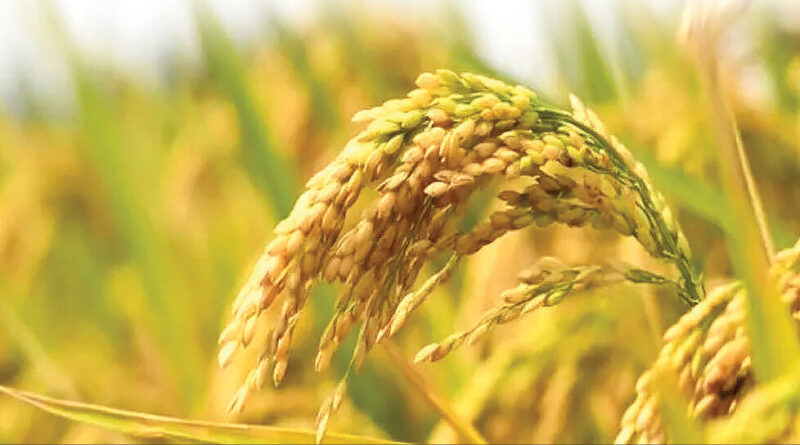Pak’ farmer shows interest in rice variety developed by BHU-IRRI
‘Pak’ farmer shows interest in rice variety developed by BHU-IRRI (sourced)
BHU scientist, professor Shravan Kumar Singh, who played a key role in research of this variety, said a person claiming to be a farmer from Pakistan made inquiries about the newly developed early maturing paddy variety from him on WhatsApp.
This paddy variety that interested the Pakistani caller has been named ‘Malviya Manila Sinchit Dhan-1 (MMSD-1)’ after BHU founder Pt Madan Mohan Malviya. “This person who identified himself as Rizwan, a farmer from Pakistan, contacted me on WhatsApp for seed of the new variety. I refused and told him to contact the IRRI’s Pakistan unit instead,” said the scientist from BHU’s genetics and plant breeding department of Institute of Agriculture Science.
He said Rizwan first made a WhatsApp call which he couldn’t attend and subsequently sent his request through a voice message.
He said, “Unlike other paddy varieties such as Nati Mussorie that takes about 150 days to harvest, this MMSD-1 variety developed by BHU and IRRI is ready in 115-118 days.
The Variety Identification Committee (VIC) and Indian Council of Agricultural Research (ICAR), in a meeting in May this year, has found that this variety is most suitable for Bihar and Odisha.”
“The department of agriculture, Uttar Pradesh, also undertook a three-year testing of this variety and has recommended its release,” he added.
After hulling and milling, about 63.5 per cent of the grains of this MMSD-1 variety remains intact. Its seeds are long, slender and appear like Basmati rice. It is good in taste too, professor Singh said.
The height of MMSD-1’s plant is 105 to 110 centimetre and its sturdy stems make it tolerant to strong winds and are also found to be resistant to diseases like Rice Blast, Bacterial Leaf Blight among other things, the BHU scientist said. He said it takes about 15 to 17 years to develop a new variety and added that they had started working on the MMSD-1 variety in 2006.
This article has been republished from The Hindustan Times

